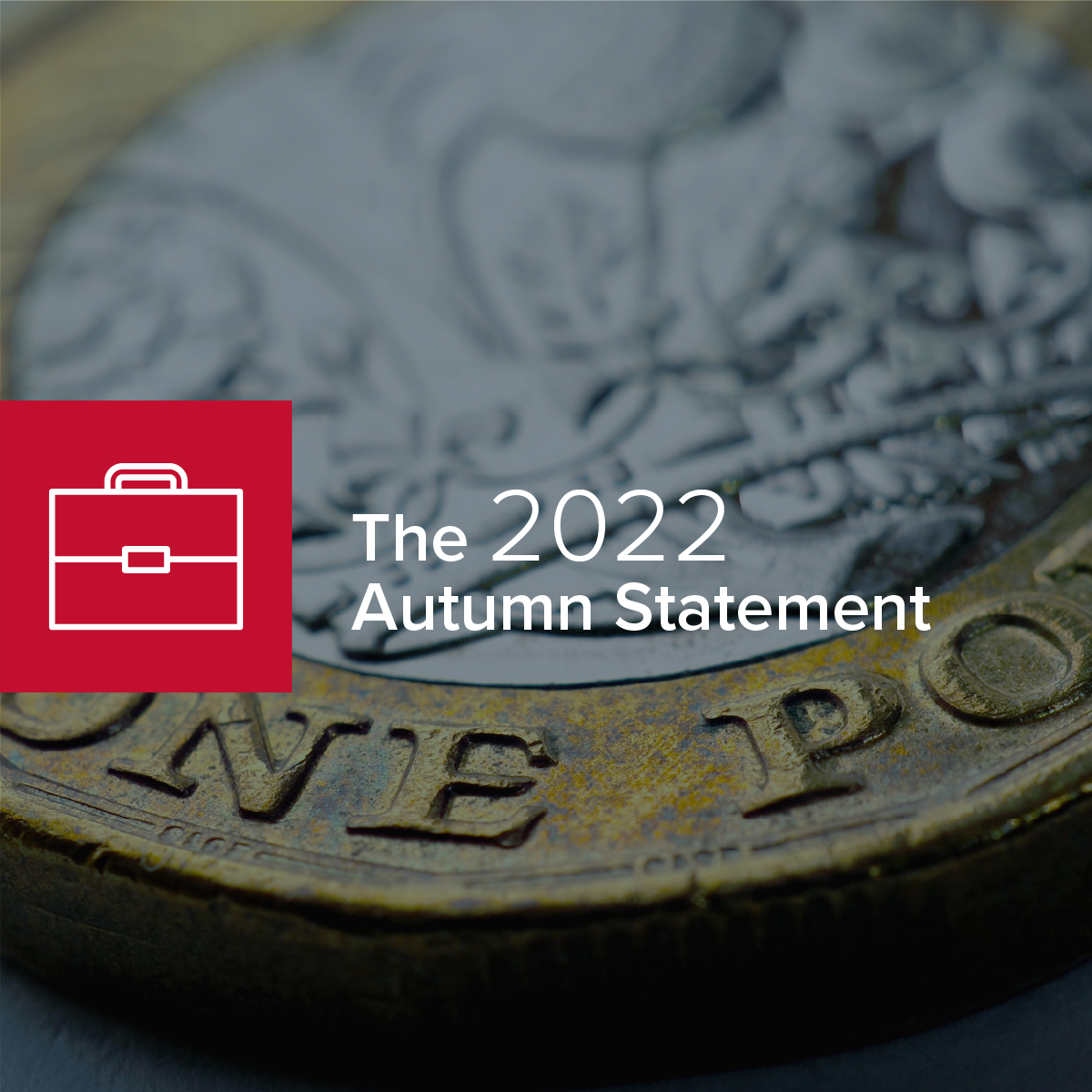With a combination of over 11% inflation, an official recession and the need to calm markets and re-establish the UK’s financial credibility following the turmoil of September’s ‘mini-Budget’, Mr Hunt’s position was not an enviable one.
His long-term focus, he stated, is on stability, growth and public services. Most of the attention, however, centres on the balance he attempted to strike between tax increases (real and stealth) and spending cuts to fill the over £50 billion hole he has inherited. The key announcements covered a wide range of ground:
- The main income tax allowances and thresholds, the main national insurance thresholds and the IHT nil rate bands will remain frozen at their current levels for an extra two years until April 2028.
- The threshold for the 45% additional rate of income tax will reduce from £150,000 to £125,140 from April 2023.
- The dividend allowance will be halved from April 2023 and again the following year.
- The capital gains annual exempt amount will be cut from £12,300 to £6,000 for 2023/24 and halved to £3,000 from April 2024.
- R&D relief for SMEs cut to 86% and the credit rate to 10%.
- From April 2023 the energy price guarantee will be adjusted upwards, costing typical households an additional £500 from the current position.
- State pensions will increase under the ‘triple lock’ in line with the 10.1% September CPI inflation figure, alongside universal credit and certain other benefits.
- Business rates will be updated with additional targeted support over the next five years.
- Electric cars will come into the tax orbit for road tax from April 2025.
With a full Budget still likely in the Spring, there is much to inform your tax and financial planning for the remainder of the current tax year. .



